
There are many plants that throughout their lives or after flowering produce several genetically identical replicas of them to perpetuate the species: their offspring. And it is that, the traditional reproduction method sometimes does not give the result that they expect. Therefore, some species have managed to ensure their offspring.
These copies can be separated and planted in a pot or in another corner of the garden, almost without difficulty, managing to expand our collection without spending money. It is therefore very interesting to know what is a son, Don't you think? 😉
What is a sucker in botany?
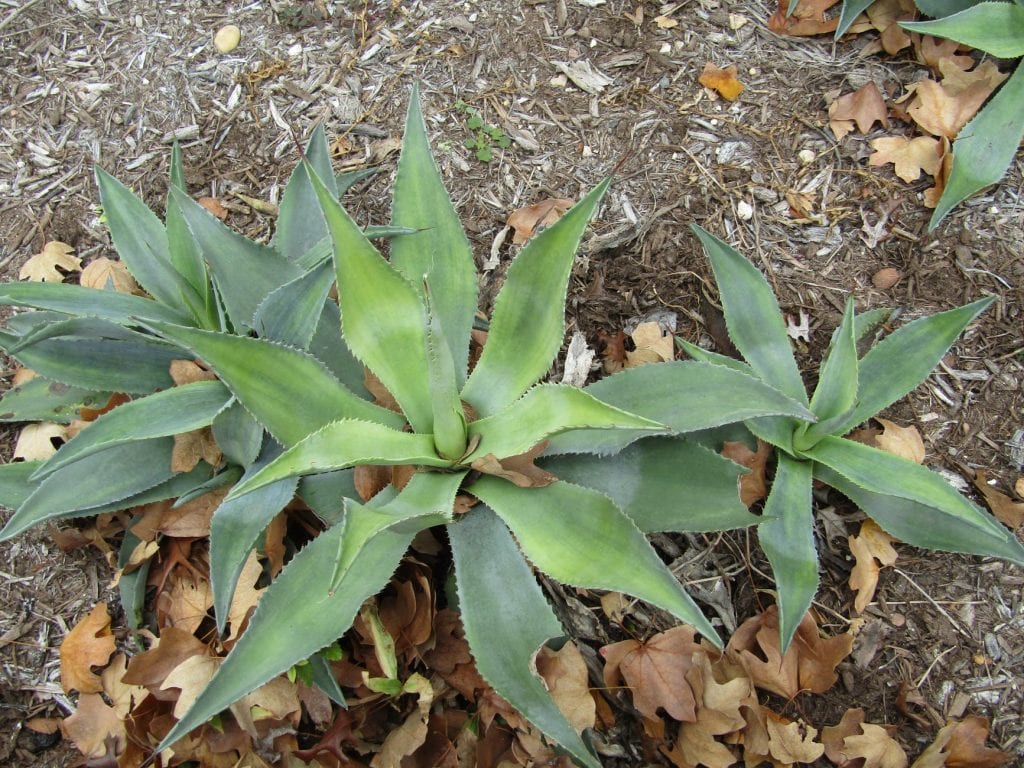
The path of evolution can be very long, several billions of years, or very short if that species cannot adapt to the changing conditions of its origin. In the specific case of plants, the reality is that they have not done badly at all: of course, there are many that have become extinct, but there are many more that have survived in one way or another.
One of those forms of adaptation is producing replicas that are born at the base of the stems of many plants. These begin their life from the stems of their 'mother', but as the days and especially the weeks go by they produce their own root system, which must be allowed to grow a little before separating it from that of the mother plant. so that it can root better when transplanted into a pot or planted in the ground.
What are the plants that produce suckers?
Getting a new plant identical to ours without leaving home is really simple, since there are several genera that produce suckers, such as the following:
Agave
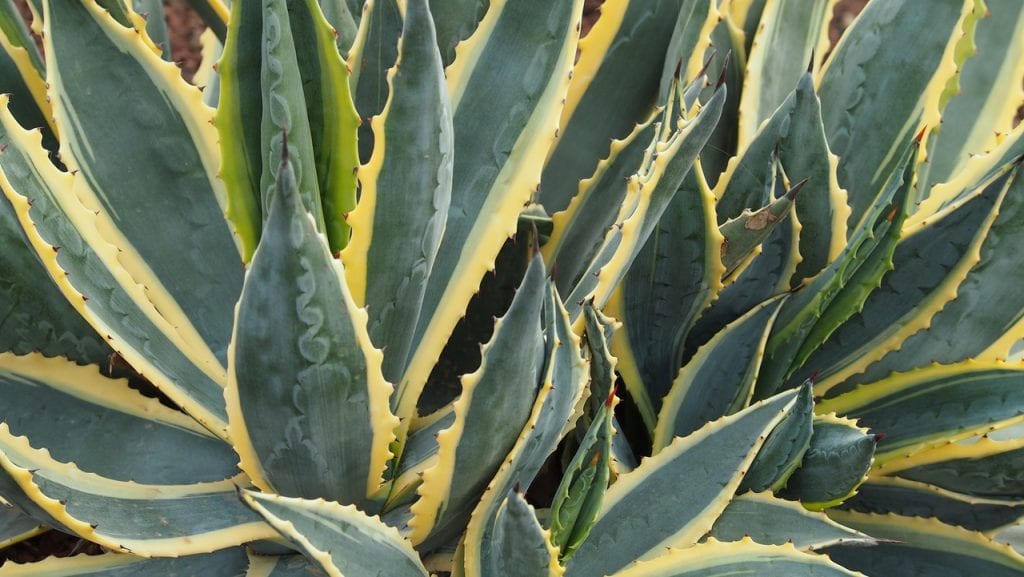
Plants of the genus Agave are among the best drought-resistant in the world. They produce leathery leaves, with or without thorns, in colors ranging from green to variegated. What's more, all they want is sun, little water, and well-drained land.
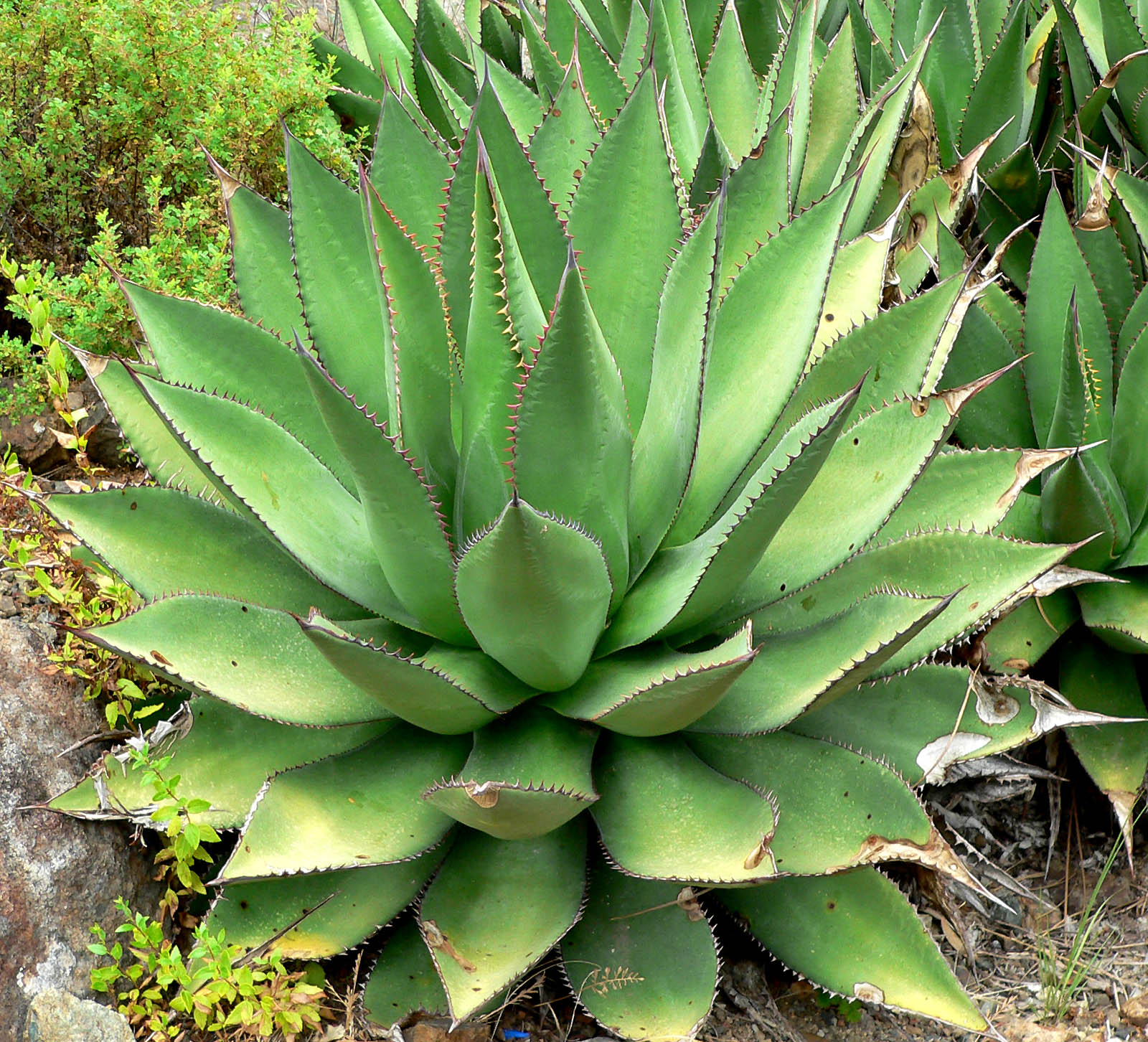
Aloe vera
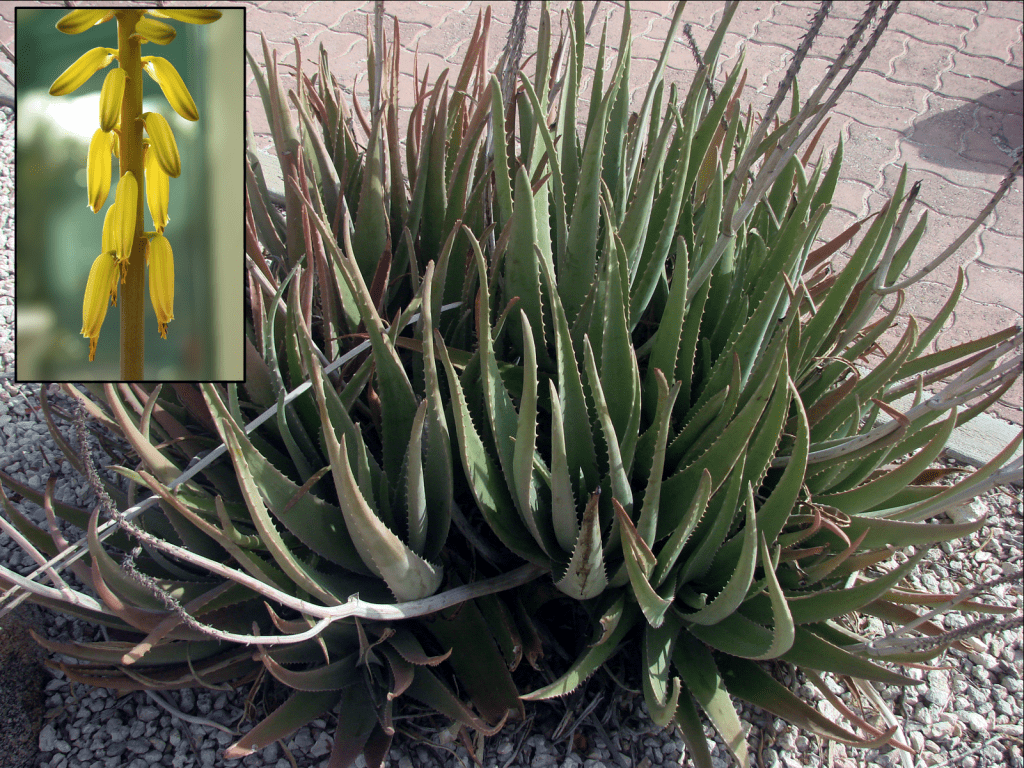
Image - Wikimedia / Magnus Manske
Who does not know the Aloe vera or aloe? It is the most popular species of the genus for its interesting medicinal properties, and also for how easy it is to care for. In fact, you just have to put it in semi-shade and water from time to time.
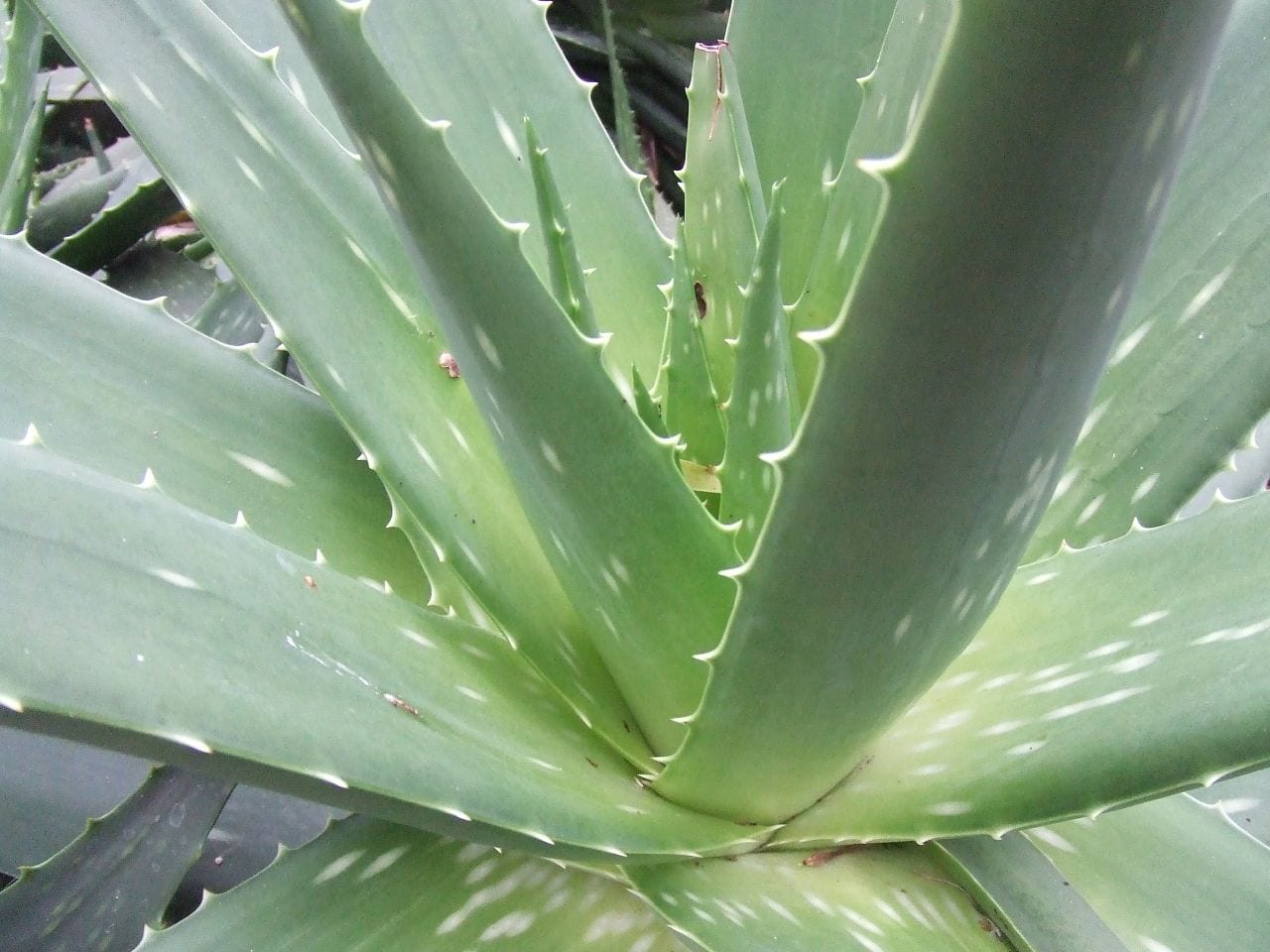
Pineapple comosus

Or much, much better known as pineapple or pineapple plant. This is a perennial plant that belongs to the bromeliad family that, as we know, produces a fruit that is delicious in salads, or even as ice cream. To grow it you need a sunny place and water it moderately.
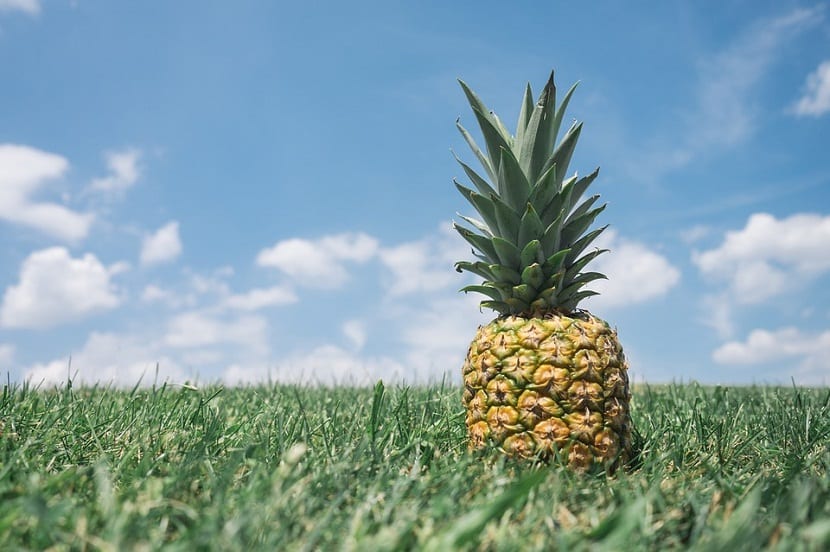
clivia miniata
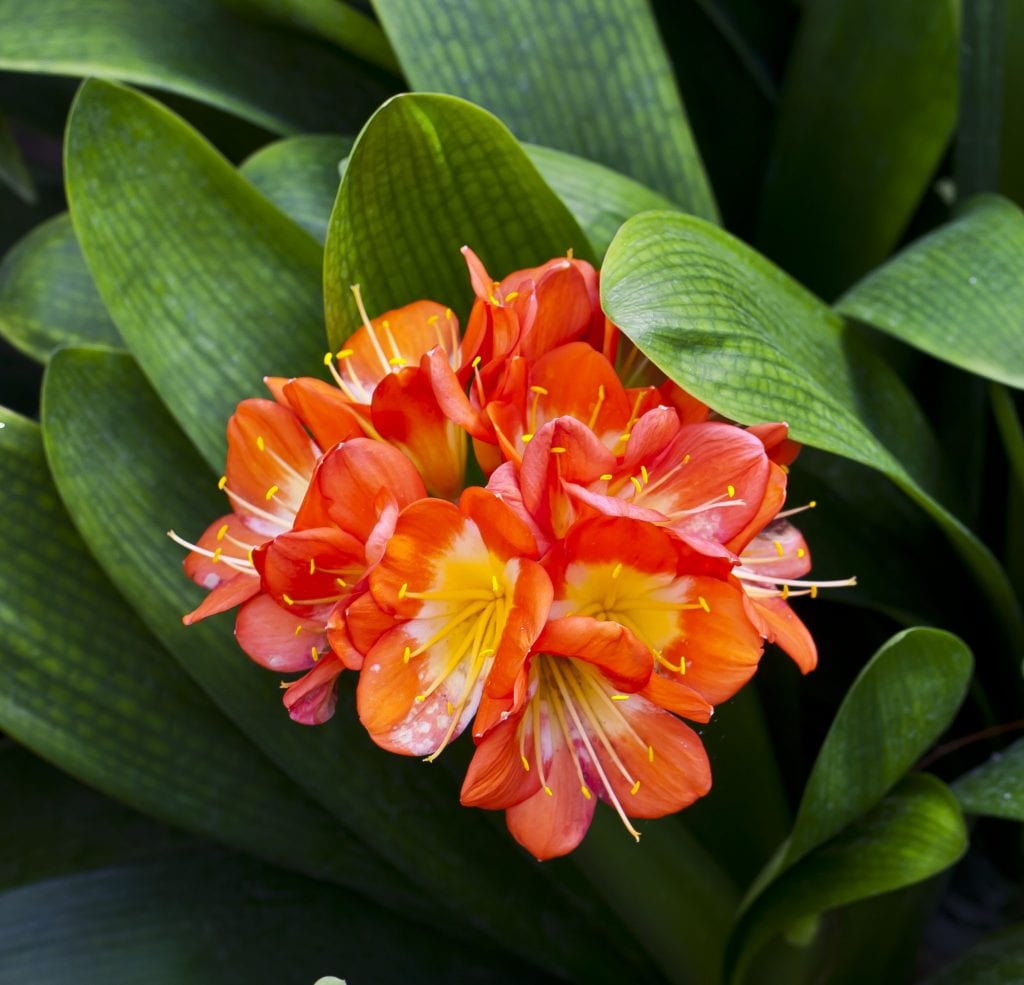
Image - Wikimedia / Diego Delso
Clivia is a beautiful rhizomatous herbaceous plant that produces very striking red-orange inflorescences. Put it in semi-shadow, give it some watering and you will see how well you do .
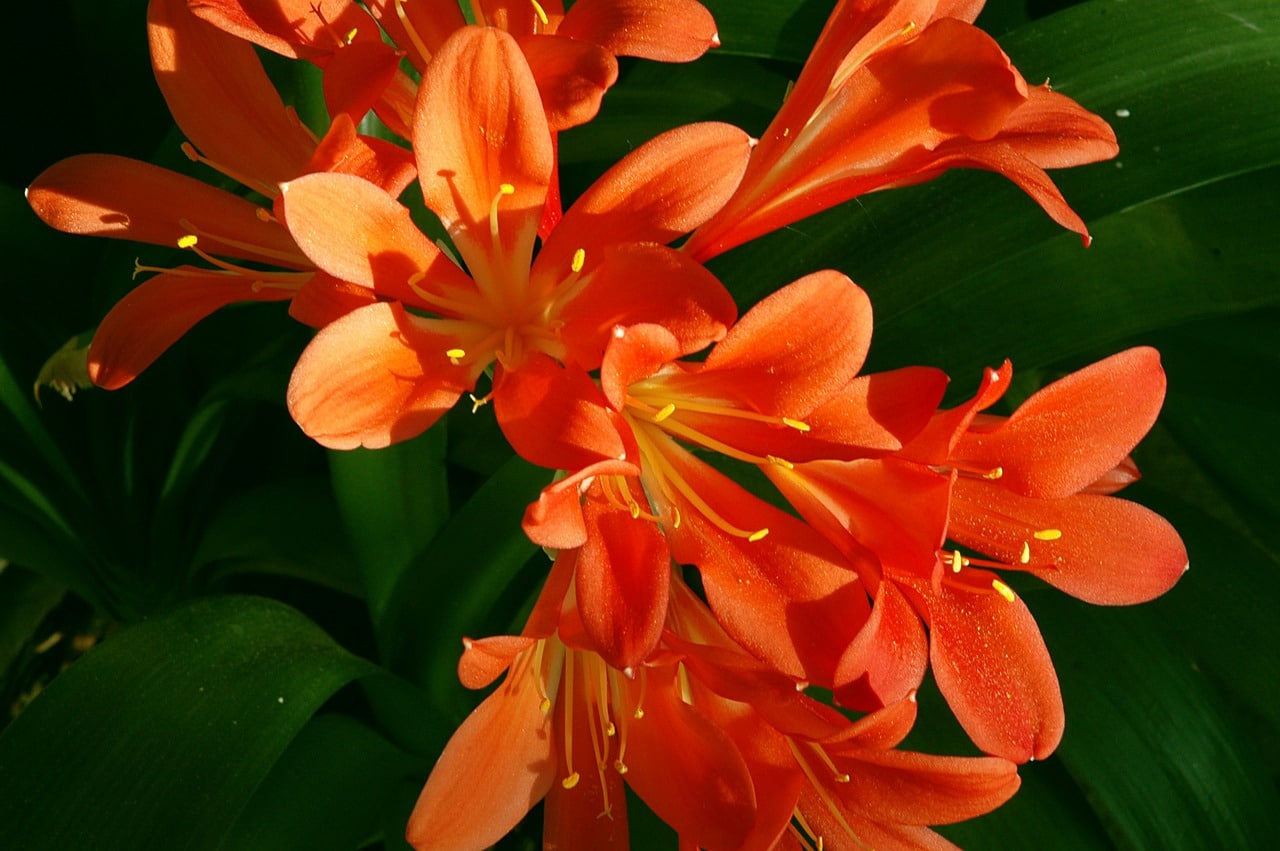
bromeliads
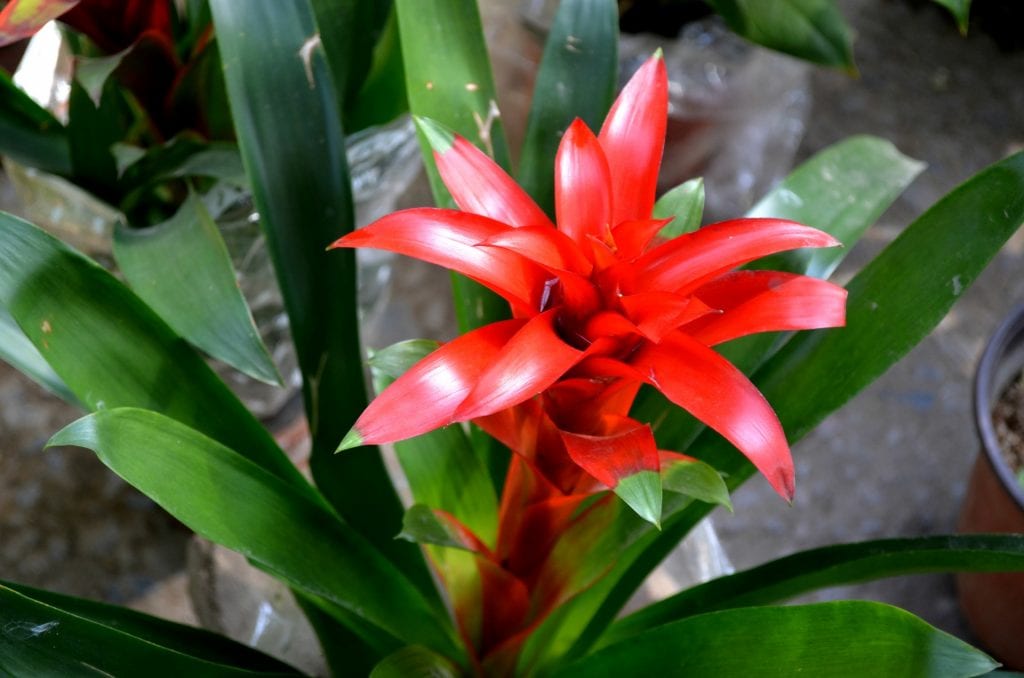
All bromeliads are plants that, in addition to produce flowers that are very attractive to the eye, produce several -or numerous- suckers during or shortly after flowering. In addition, they can be kept indoors.
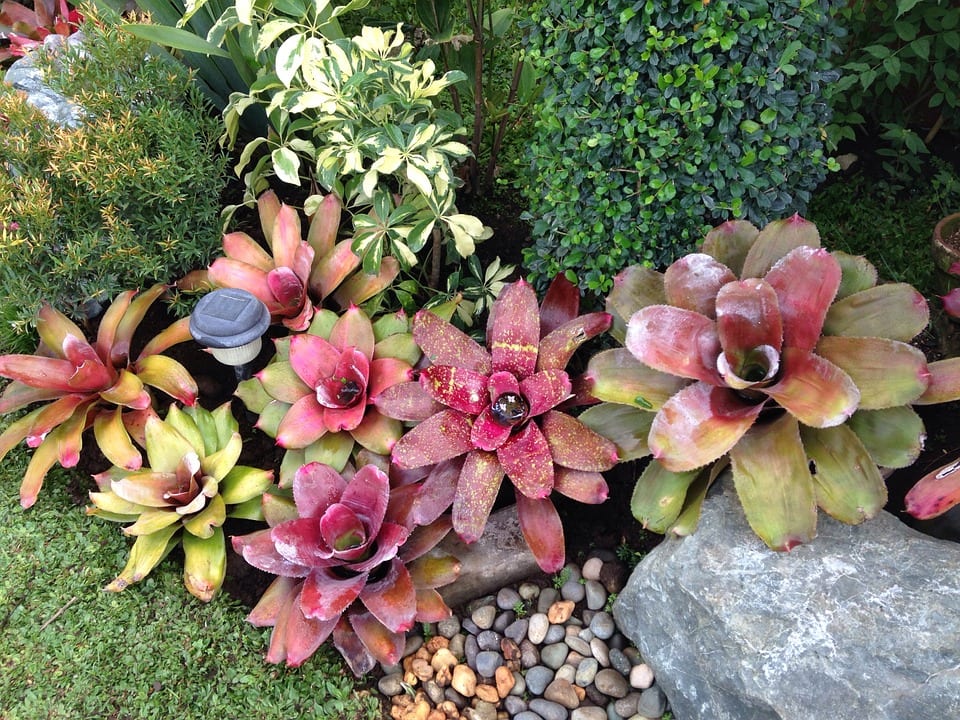
haworthia
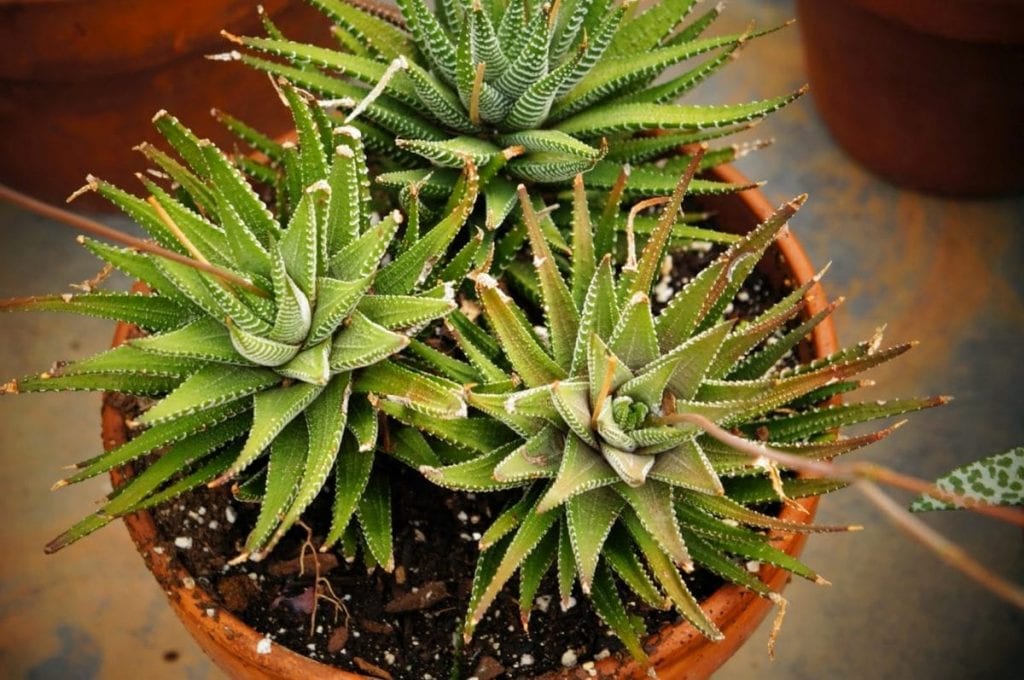
Succes of the genus Haworthia are those that produce rosettes of leathery leaves, often thin, and numerous suckers. They are very interesting, well can be grown in pots throughout their life, in a place protected from direct sun. They require moderate to little irrigation.
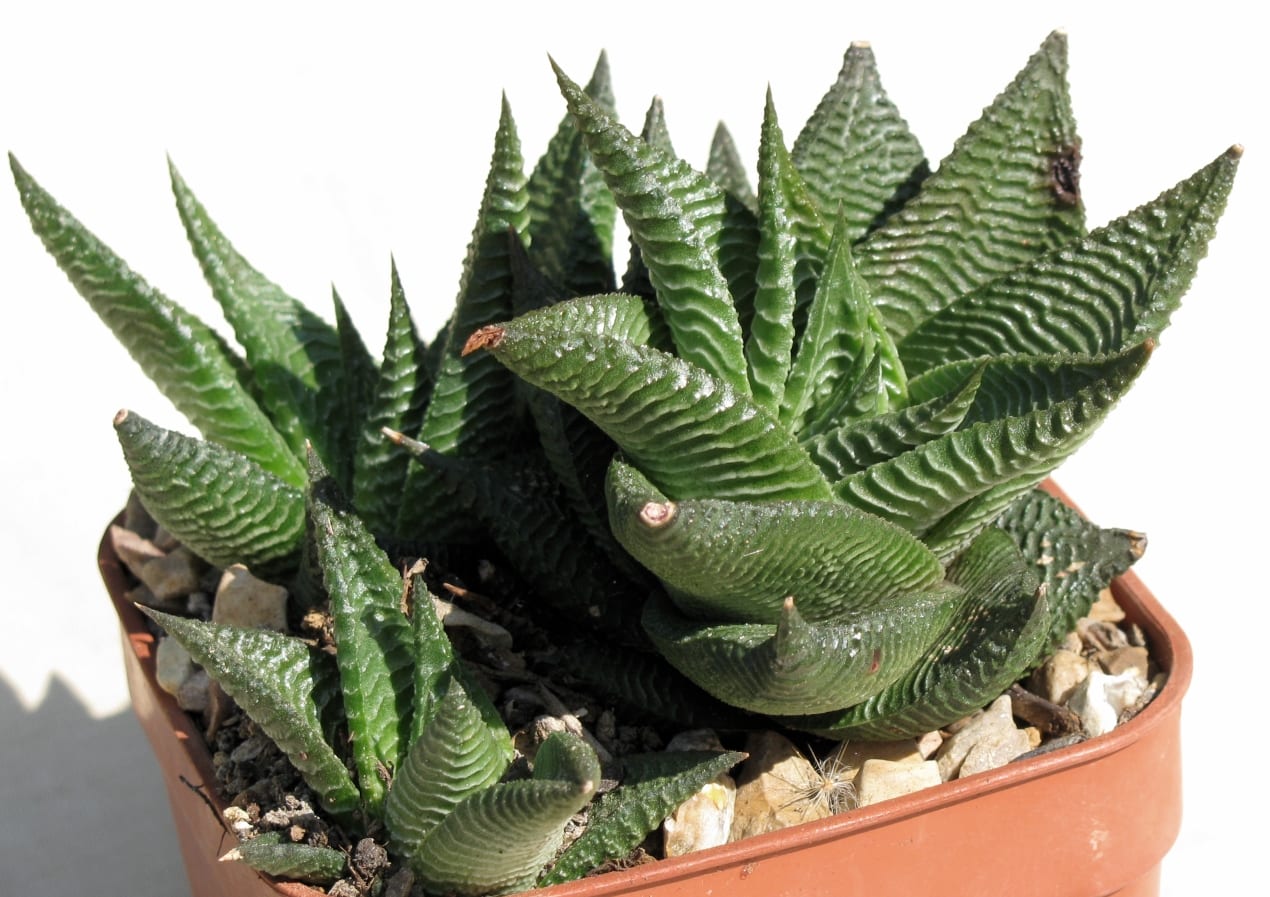
Pandanus utilis
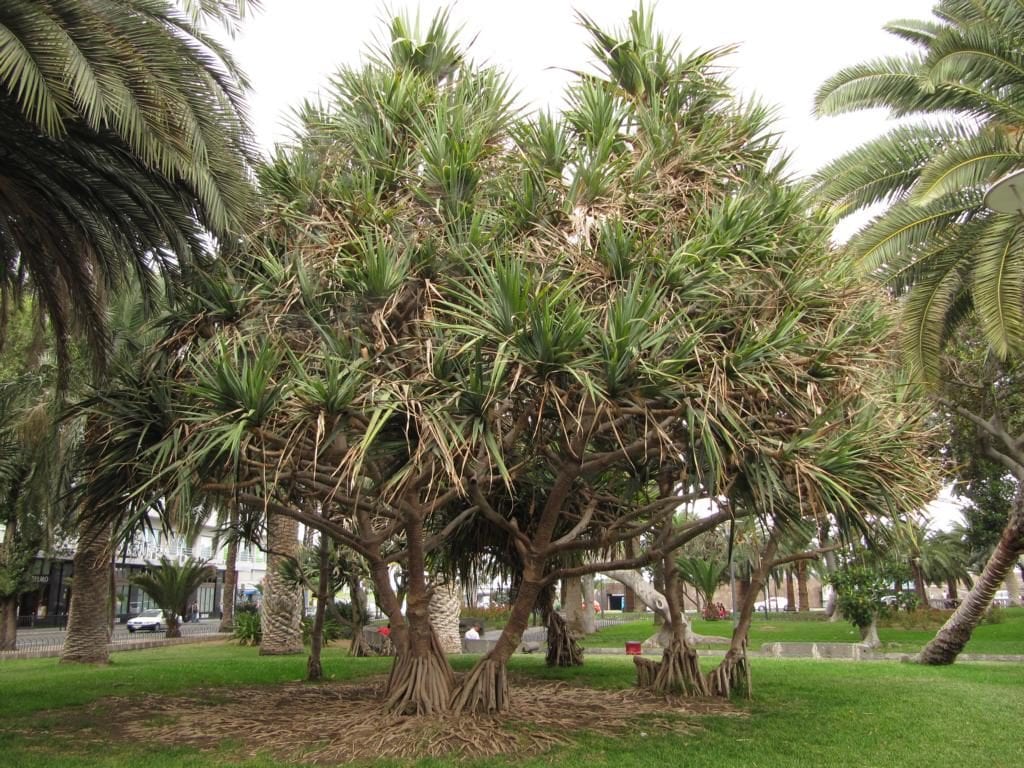
image - Wikimedia / Toffel
The pandano is an ideal shrub or tree for tropical and subtropical gardens, and also to have indoors in a bright room. It requires rather little irrigation and a land with excellent drainage.
When and how to separate the suckers?
Separating the suckers from the mother plant is, in most cases, very simple. What to do is wait until they are of a manageable size and, in spring or summer, separate them with the help of a knife if necessary (At succulents it can be done with your hands without problem).
In the case of plants that are in pots, the ideal is to remove them and separate the suckers carefully, removing all the possible substrate. In this way, it will be much easier for us to make our new plants succeed.
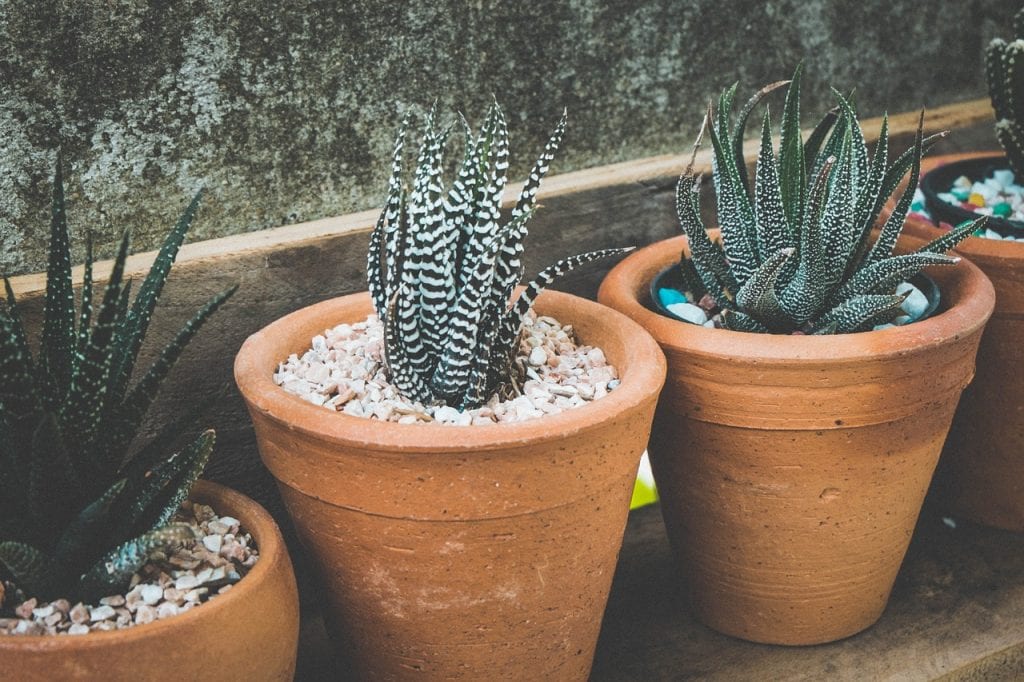
Once the suckers are separated, they must be planted in individual pots with well-draining substrate (we can mix for example universal substrate with perlite in equal parts, or simply fill it with vermiculite), and keep them protected from the sun. In the case that they are plants that must be exposed to the king star, we will accustom the suckers little by little and gradually since this will prevent them from spoiling.
We will water them whenever necessary, that is, whenever the soil dries up, without wetting the leaves. After a while, when they have resumed their growth, we can start to pay them.
Has it been useful to you?